Home>Furniture & Design>Interior Design Trends>When Did Glass Blowing Start
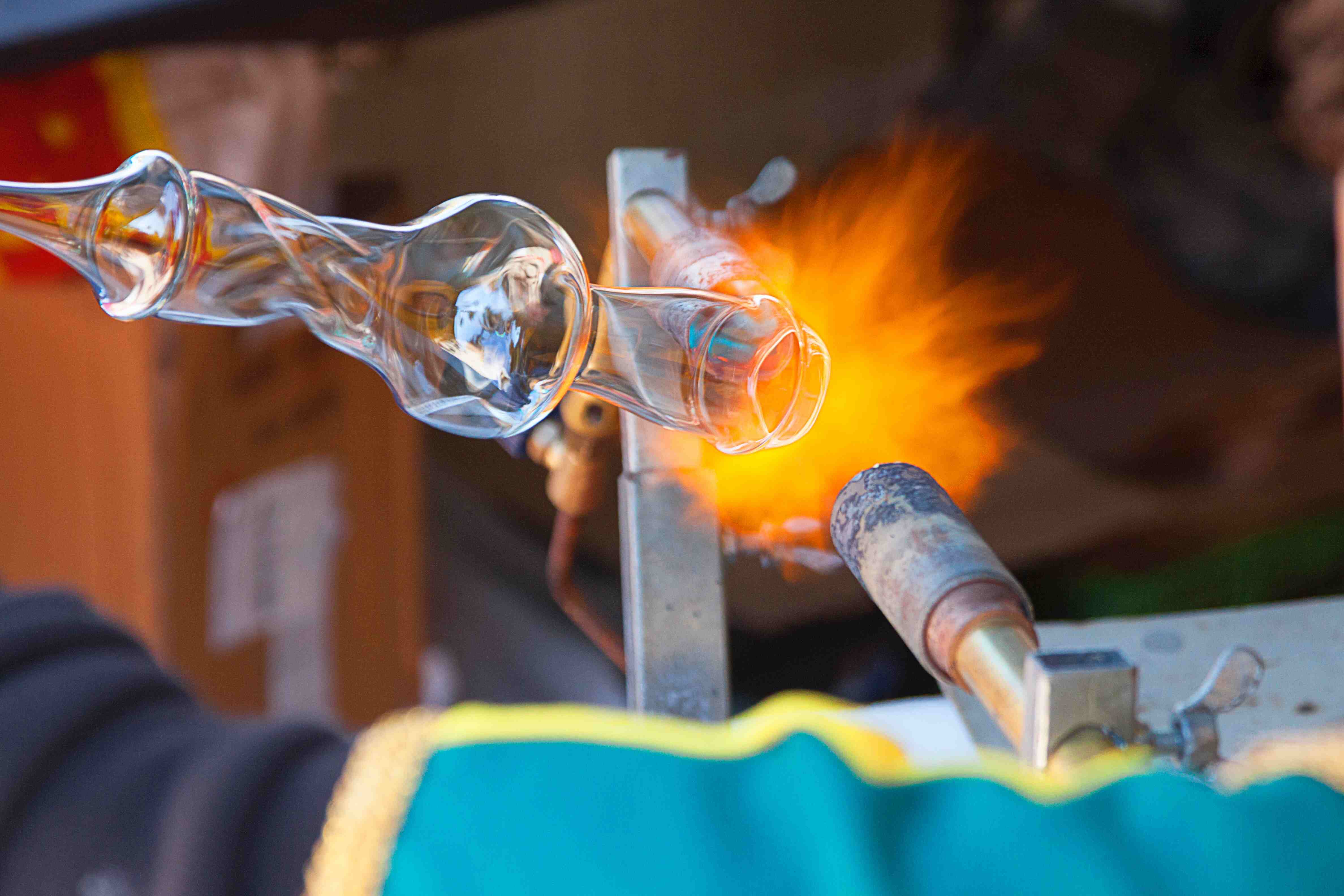

Interior Design Trends
When Did Glass Blowing Start
Modified: February 18, 2024
Discover the history of glass blowing and its impact on interior design trends. Uncover the origins and evolution of this ancient art form. Explore how glass blowing has influenced modern interior design.
(Many of the links in this article redirect to a specific reviewed product. Your purchase of these products through affiliate links helps to generate commission for Storables.com, at no extra cost. Learn more)
Introduction
Glass blowing is an ancient art form that has captivated people for centuries. The delicate beauty and intricate designs created through this technique have adorned homes, temples, and palaces around the world. The origins of glass blowing can be traced back to the ancient civilizations of the Middle East, where skilled artisans first discovered the mesmerizing potential of molten glass.
The art of glass blowing has evolved over time, transcending geographical boundaries and cultural barriers. From its humble beginnings in the Middle East, it has spread to Europe, Asia, and beyond, influencing the aesthetics and craftsmanship of diverse societies. The techniques and styles of glass blowing have undergone remarkable transformations, reflecting the artistic sensibilities and technological advancements of each era.
As we delve into the history and evolution of glass blowing, we will uncover the remarkable journey of this timeless art form. From its early origins to the modern innovations that continue to shape its practice, the story of glass blowing is a testament to human creativity and ingenuity. Join us on a fascinating exploration of the captivating world of glass blowing, where tradition meets innovation and craftsmanship intertwines with artistic expression.
Key Takeaways:
- Glass blowing began in the ancient Middle East around 1st century BCE, with artisans using innovative techniques to create intricate glass objects, leaving a lasting mark on human history and creativity.
- The art of glass blowing has evolved over time, spreading across different cultures and regions, and continues to inspire modern artists to blend tradition with innovation, shaping the world of art and craftsmanship.
Read more: Where Did Glass Blowing Originate
Early History of Glass Blowing
The early history of glass blowing dates back to the 1st century BCE in the ancient region of the Middle East, particularly in the areas of Mesopotamia and Syria. It is believed that the Phoenicians, renowned traders and sailors of the ancient world, played a pivotal role in the development of glass blowing techniques. The innovative method of blowing molten glass into various shapes and forms revolutionized the art of glassmaking, allowing for the creation of intricate vessels, ornaments, and decorative objects.
One of the most significant advancements in the early history of glass blowing was the invention of the blowpipe, a hollow tube that enabled artisans to manipulate molten glass with precision and control. This breakthrough innovation transformed the production of glassware, paving the way for the exquisite craftsmanship that would define the art of glass blowing for centuries to come.
The Roman Empire also played a crucial role in the evolution of glass blowing, embracing and expanding upon the techniques introduced by the Phoenicians. The city of Rome became a thriving center for glass production, and skilled artisans honed their craft, pushing the boundaries of creativity and technical expertise. The Roman fascination with glass as a symbol of wealth and luxury led to the creation of elaborate glass vessels, intricate mosaics, and stunning architectural elements, showcasing the versatility and beauty of this ancient art form.
As the art of glass blowing continued to flourish, it spread across the Mediterranean and into the Byzantine Empire, where it became deeply intertwined with religious and ceremonial practices. The exquisite glassware produced during this period adorned churches, monasteries, and royal courts, serving as symbols of prestige and spiritual significance.
The early history of glass blowing represents a pivotal era of innovation and experimentation, laying the foundation for the remarkable advancements that would shape the future of this timeless art form. The ingenuity and creativity of ancient artisans set the stage for the enduring legacy of glass blowing, leaving an indelible mark on the world of art and craftsmanship.
The early history of glass blowing is a testament to the enduring allure of this ancient art form, showcasing the remarkable ingenuity and creativity of early civilizations. From its humble origins in the Middle East to its widespread influence across the ancient world, glass blowing has left an indelible mark on human history, captivating generations with its exquisite beauty and timeless elegance.
Development and Spread of Glass Blowing Techniques
The development and spread of glass blowing techniques marked a significant turning point in the history of this ancient art form. As the knowledge and expertise of glass artisans expanded, so too did the range of techniques and styles employed in the creation of glassware. The evolution of glass blowing techniques was not confined to a single region or era but rather unfolded across diverse cultures and civilizations, each contributing unique innovations and refinements to the craft.
During the medieval period, the techniques of glass blowing underwent a renaissance in Europe, particularly in the renowned glassmaking centers of Venice and Murano. Skilled artisans in these bustling hubs of creativity elevated the art of glass blowing to new heights, introducing groundbreaking methods such as filigree and murrine glasswork. These intricate techniques involved the manipulation of colored glass rods and canes to create elaborate patterns and designs, resulting in breathtakingly detailed and visually stunning pieces of glassware.
The Renaissance era witnessed a flourishing of artistic expression and technical mastery in the realm of glass blowing. Innovations such as the use of molds, the application of enamel decoration, and the creation of delicate glass figurines showcased the boundless creativity and ingenuity of glass artisans. The refinement of glass blowing techniques during this period not only elevated the aesthetic appeal of glassware but also expanded its functional and decorative possibilities, cementing its status as a cherished art form.
The spread of glass blowing techniques extended beyond Europe, reaching the shores of Asia and the Middle East. In the Islamic world, the art of glass blowing flourished, giving rise to exquisite examples of colored and enameled glassware adorned with intricate geometric patterns and calligraphic designs. The fusion of diverse cultural influences and artistic traditions resulted in the development of unique glass blowing techniques, each reflecting the rich tapestry of human creativity and craftsmanship.
The global exchange of ideas and techniques further propelled the evolution of glass blowing, leading to the emergence of new styles and forms. The fusion of Eastern and Western influences, coupled with advancements in glassmaking technology, ushered in an era of unprecedented innovation and experimentation. From delicate stained glass windows adorning medieval cathedrals to ornate chandeliers gracing royal palaces, the development and spread of glass blowing techniques have left an indelible imprint on the artistic and cultural landscape of the world.
The development and spread of glass blowing techniques have transcended time and geography, shaping the art form into a multifaceted and enduring expression of human creativity. The legacy of these techniques continues to inspire contemporary glass artists, who draw upon the rich heritage of the craft while pushing the boundaries of innovation and artistic vision. As we marvel at the breathtaking beauty and technical virtuosity of glass blowing, we bear witness to the remarkable journey of an art form that has captivated and enchanted generations across the globe.
Glass blowing is believed to have originated in the 1st century BCE in the Roman Empire. It was a revolutionary technique that allowed for the creation of intricate glass objects.
Modern Glass Blowing Techniques
Modern glass blowing techniques represent a fusion of tradition and innovation, blending time-honored craftsmanship with cutting-edge technology and artistic vision. In contemporary glass studios and workshops around the world, skilled artisans and glass artists continue to push the boundaries of the craft, exploring new techniques and pushing the limits of creativity.
One of the defining characteristics of modern glass blowing is the emphasis on experimentation and exploration. Artists are constantly seeking new ways to manipulate and shape molten glass, often incorporating unconventional materials and methods to achieve groundbreaking results. From the use of advanced kiln-forming processes to the integration of digital design tools, modern glass blowing techniques reflect a spirit of innovation and adaptability.
The advent of modern glass blowing has also seen a resurgence of interest in traditional techniques, with artists drawing inspiration from historical practices while infusing their work with contemporary flair. This revival of traditional methods, such as cameo glass carving and lampworking, has sparked a renaissance in the appreciation of time-honored craftsmanship, breathing new life into age-old techniques and designs.
Furthermore, the integration of sustainable practices and eco-friendly materials has become a hallmark of modern glass blowing. Artists are increasingly mindful of the environmental impact of their work, leading to the adoption of recycled glass and the development of energy-efficient production methods. This eco-conscious approach not only aligns with contemporary values but also underscores the adaptability and relevance of glass blowing in the modern era.
In addition, collaborative efforts between glass artists and other creative disciplines have expanded the horizons of modern glass blowing techniques. Cross-disciplinary partnerships with sculptors, architects, and industrial designers have resulted in groundbreaking installations and public art projects, showcasing the versatility and adaptability of glass as a medium for artistic expression.
The evolution of modern glass blowing techniques continues to captivate audiences and inspire a new generation of artists. As the boundaries of the craft are continually redefined, the art form remains a vibrant and dynamic reflection of human creativity and ingenuity, offering a glimpse into the limitless possibilities of molten glass transformed into breathtaking works of art.
Conclusion
The captivating journey of glass blowing spans millennia, weaving a rich tapestry of artistic innovation, cultural exchange, and technical mastery. From its ancient origins in the Middle East to its global influence in the modern era, the art of glass blowing has transcended time and geography, leaving an indelible mark on human history and creativity.
The early history of glass blowing, with its pioneering advancements in the ancient civilizations of the Middle East and the Roman Empire, laid the groundwork for the enduring legacy of this art form. The development and spread of glass blowing techniques across diverse cultures and regions showcased the remarkable adaptability and ingenuity of artisans, resulting in a breathtaking array of styles and forms.
As we journey through the annals of glass blowing history, we witness the convergence of tradition and innovation, where time-honored techniques harmonize with modern artistic vision and technological prowess. The revival of traditional methods, coupled with a spirit of experimentation and sustainability, has propelled glass blowing into the contemporary art world, where it continues to inspire and enthrall audiences.
In conclusion, the art of glass blowing stands as a testament to the boundless creativity and resilience of human expression. Its timeless allure and enduring beauty serve as a reminder of the profound impact of art on the human experience, transcending cultural boundaries and resonating across generations. As we gaze upon the exquisite creations born from molten glass, we are reminded of the enduring legacy of an art form that continues to shape and enrich the world of art and craftsmanship.
The story of glass blowing is a testament to the enduring power of creativity and the transformative potential of artistic expression. It is a story of innovation, collaboration, and the relentless pursuit of beauty, encapsulated within the delicate and mesmerizing art of shaping molten glass into timeless works of art.
Frequently Asked Questions about When Did Glass Blowing Start
Was this page helpful?
At Storables.com, we guarantee accurate and reliable information. Our content, validated by Expert Board Contributors, is crafted following stringent Editorial Policies. We're committed to providing you with well-researched, expert-backed insights for all your informational needs.

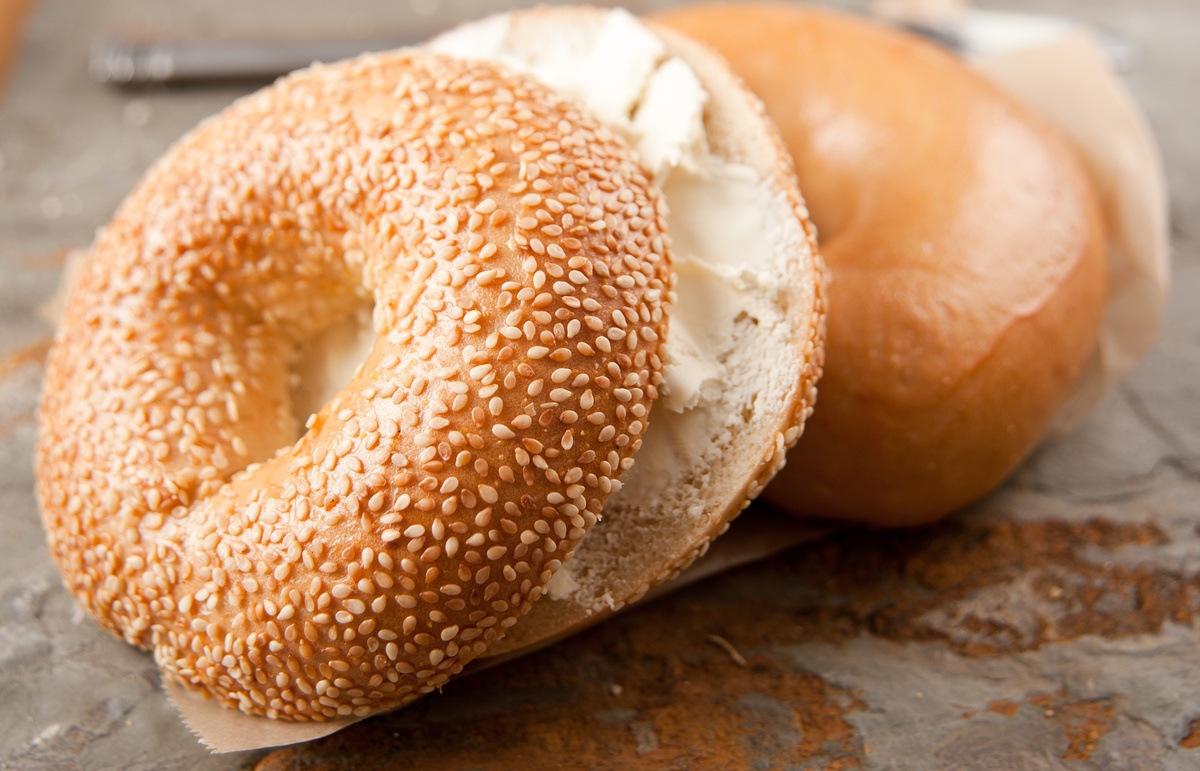

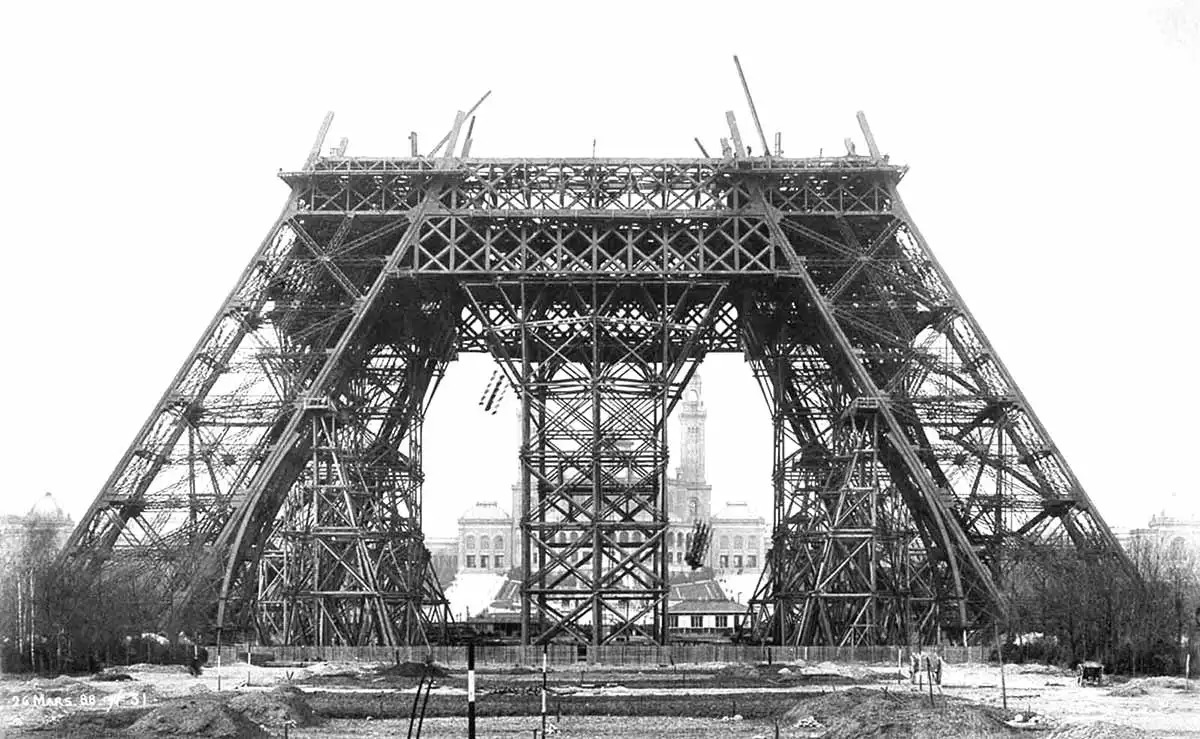

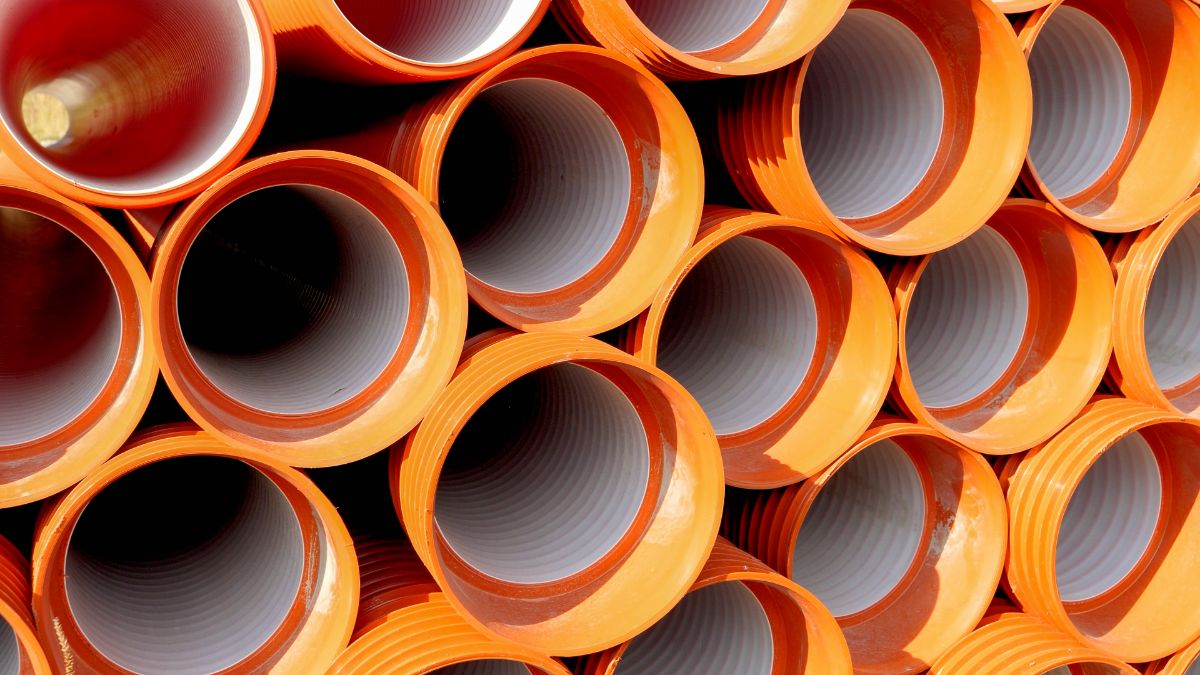
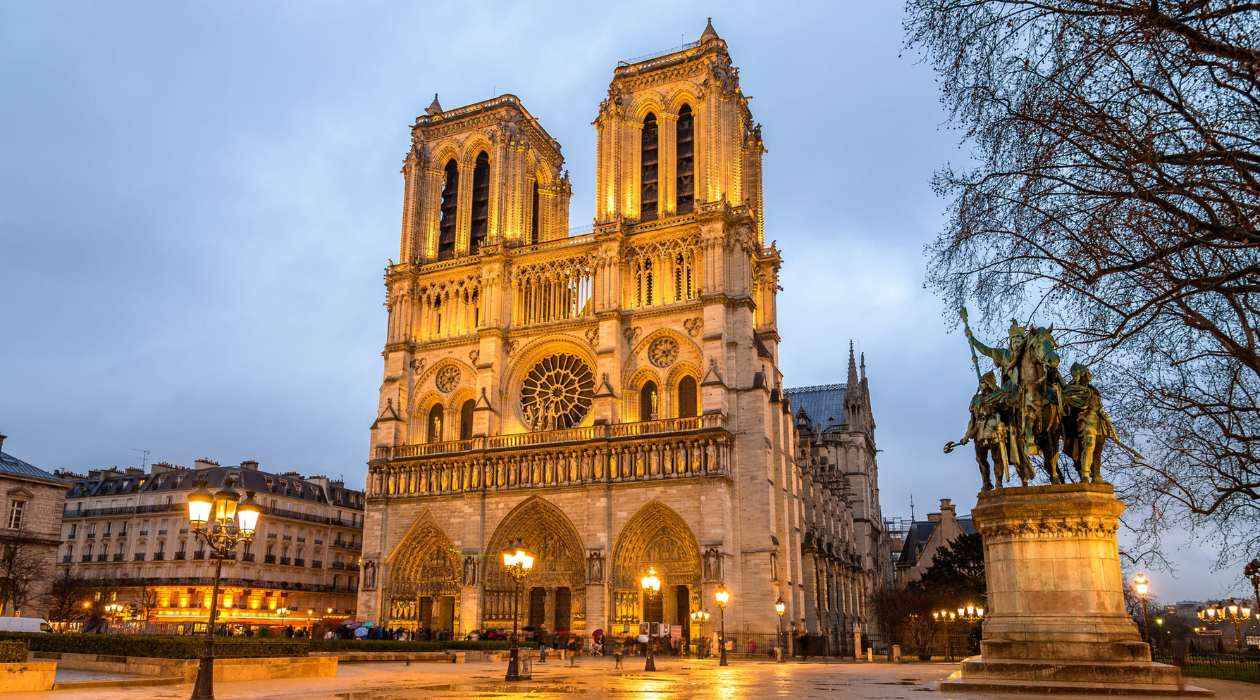
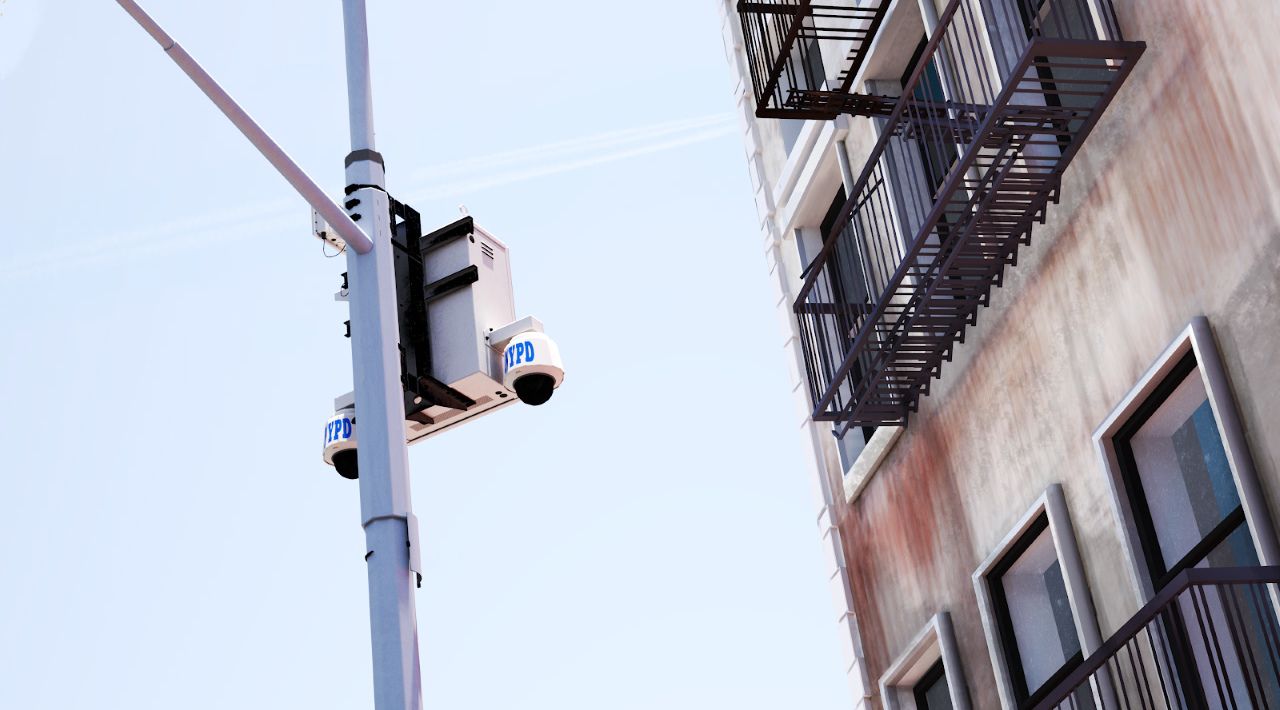
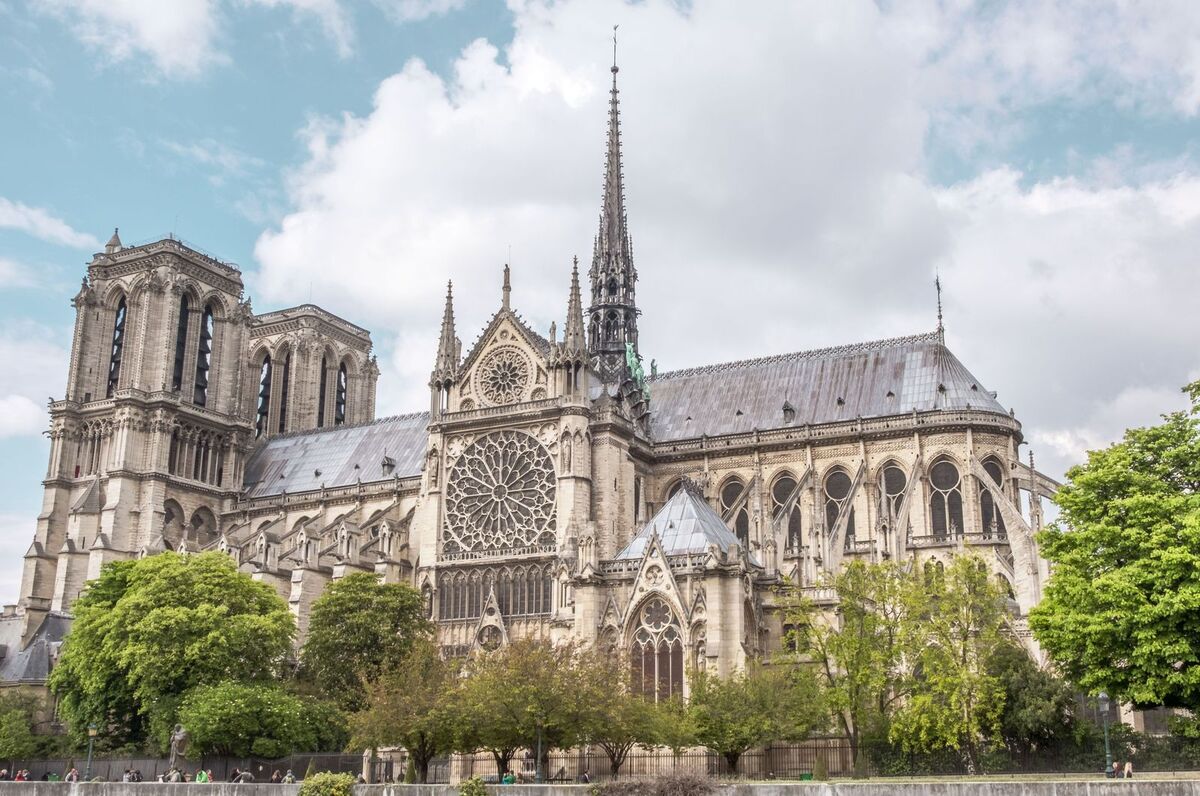

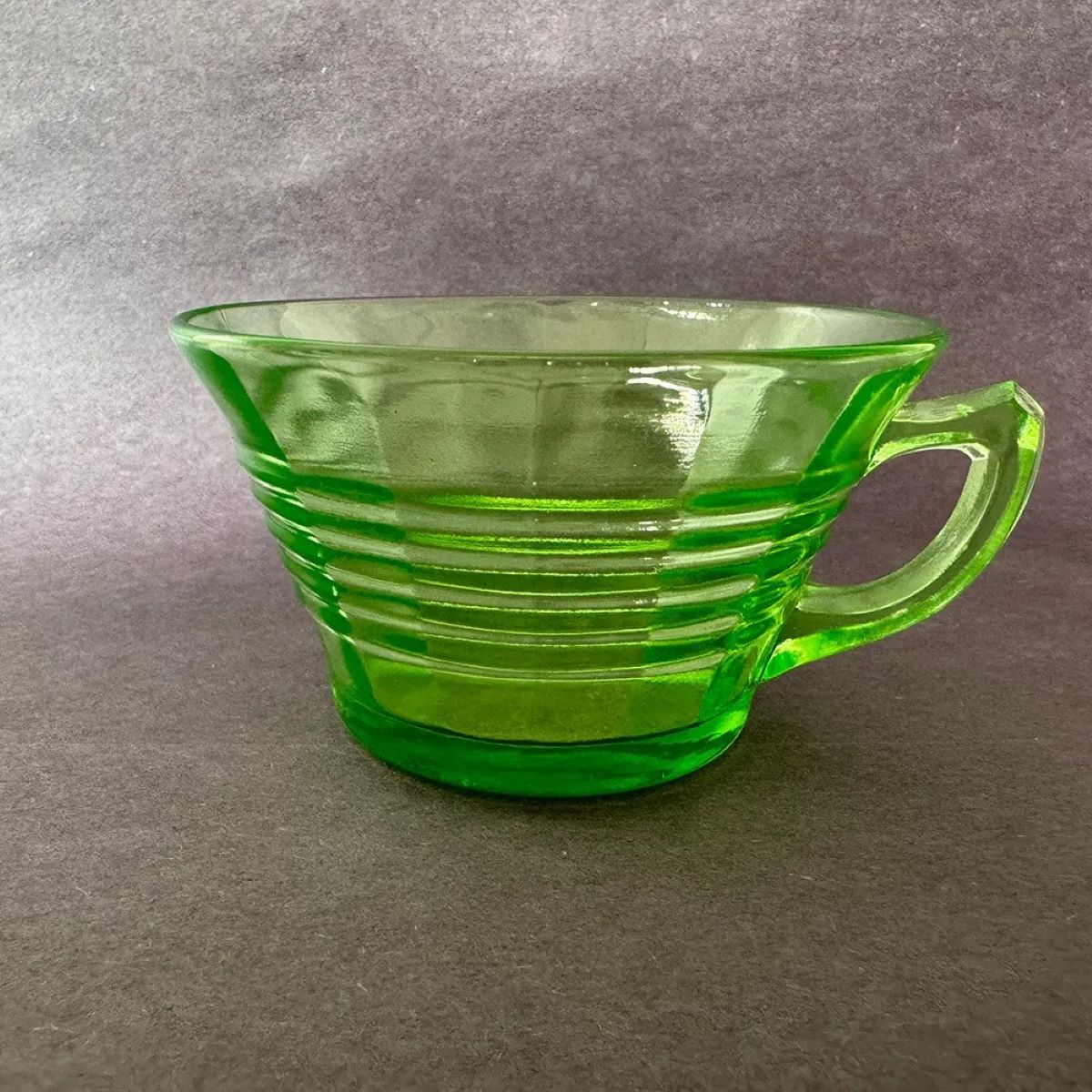
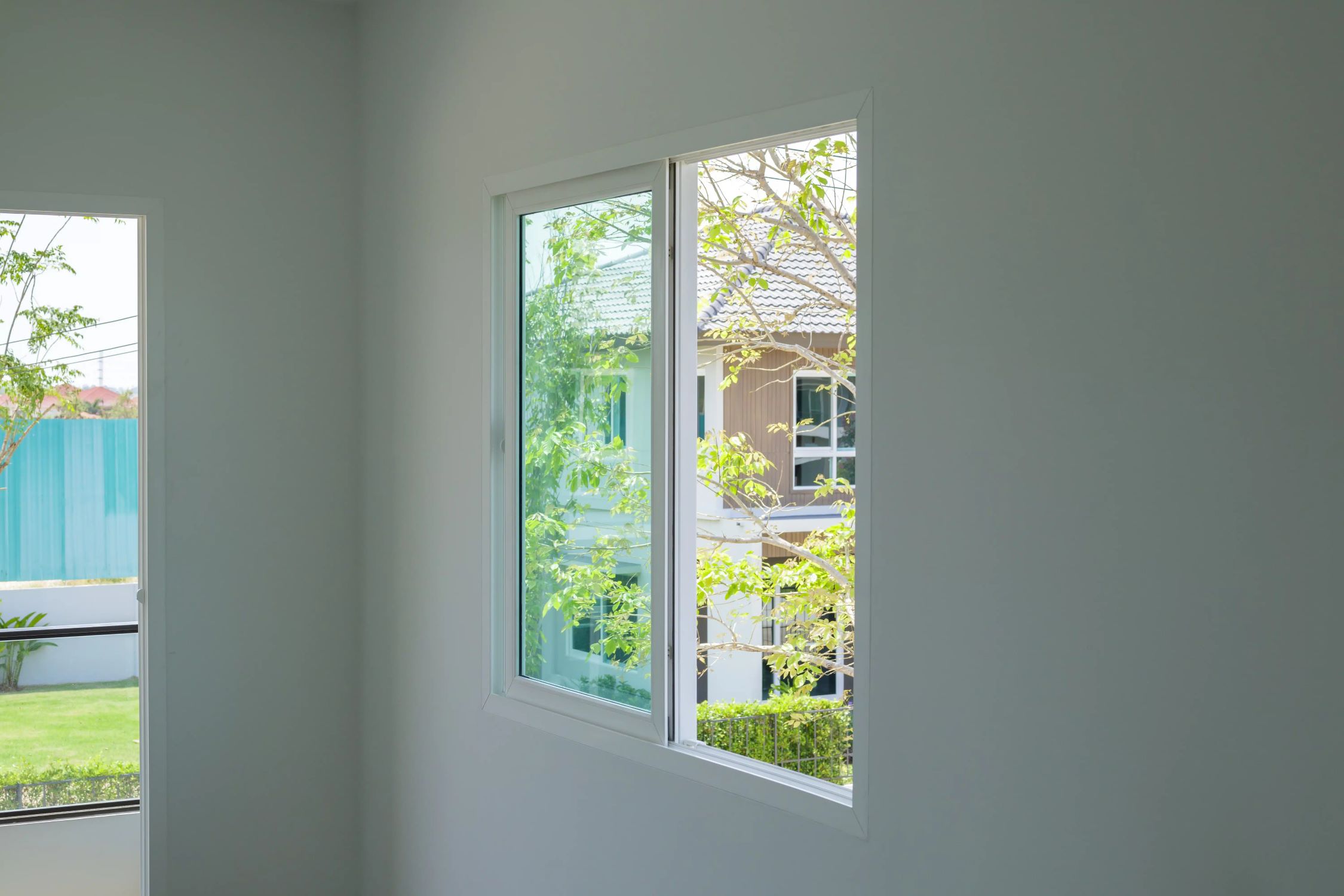

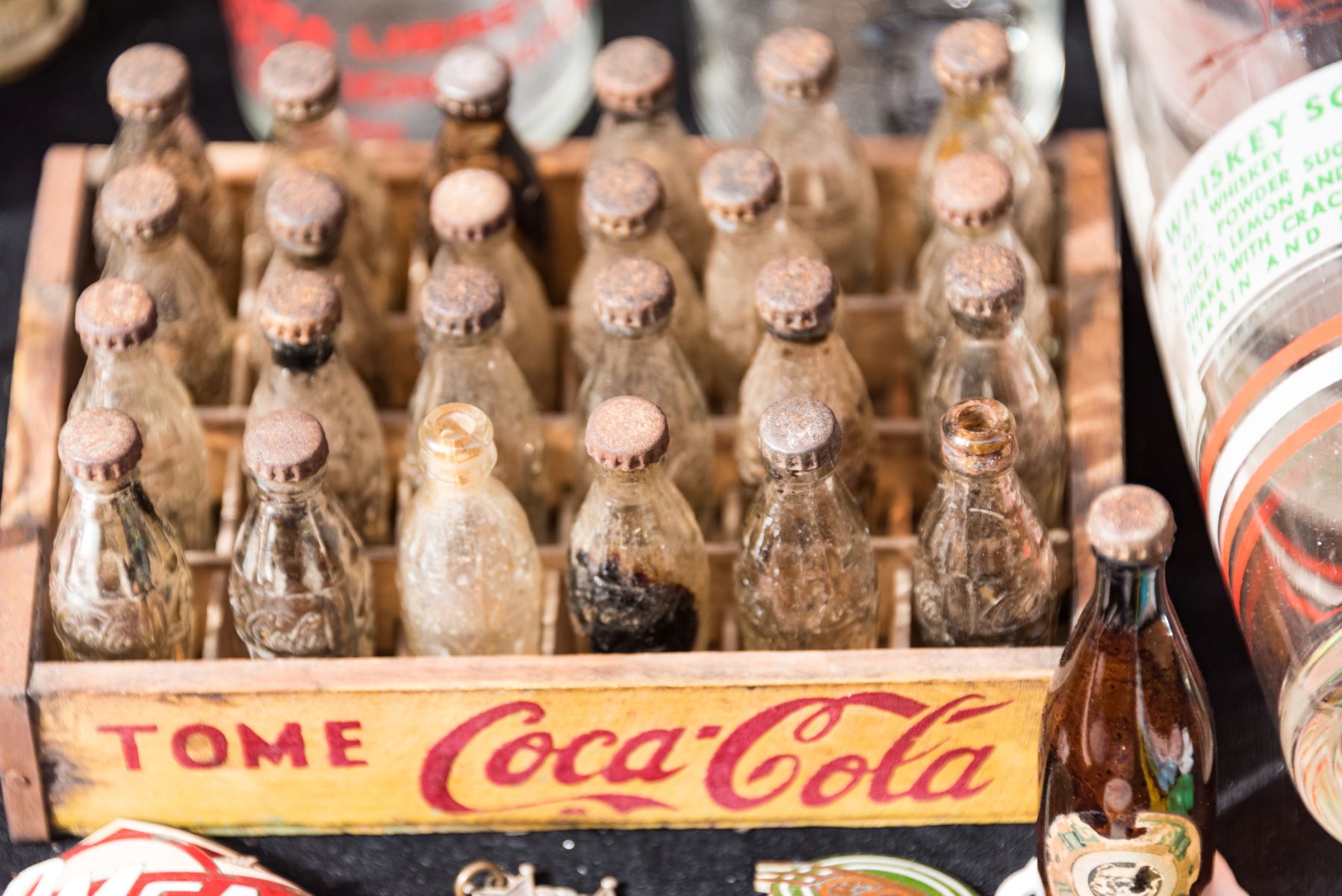
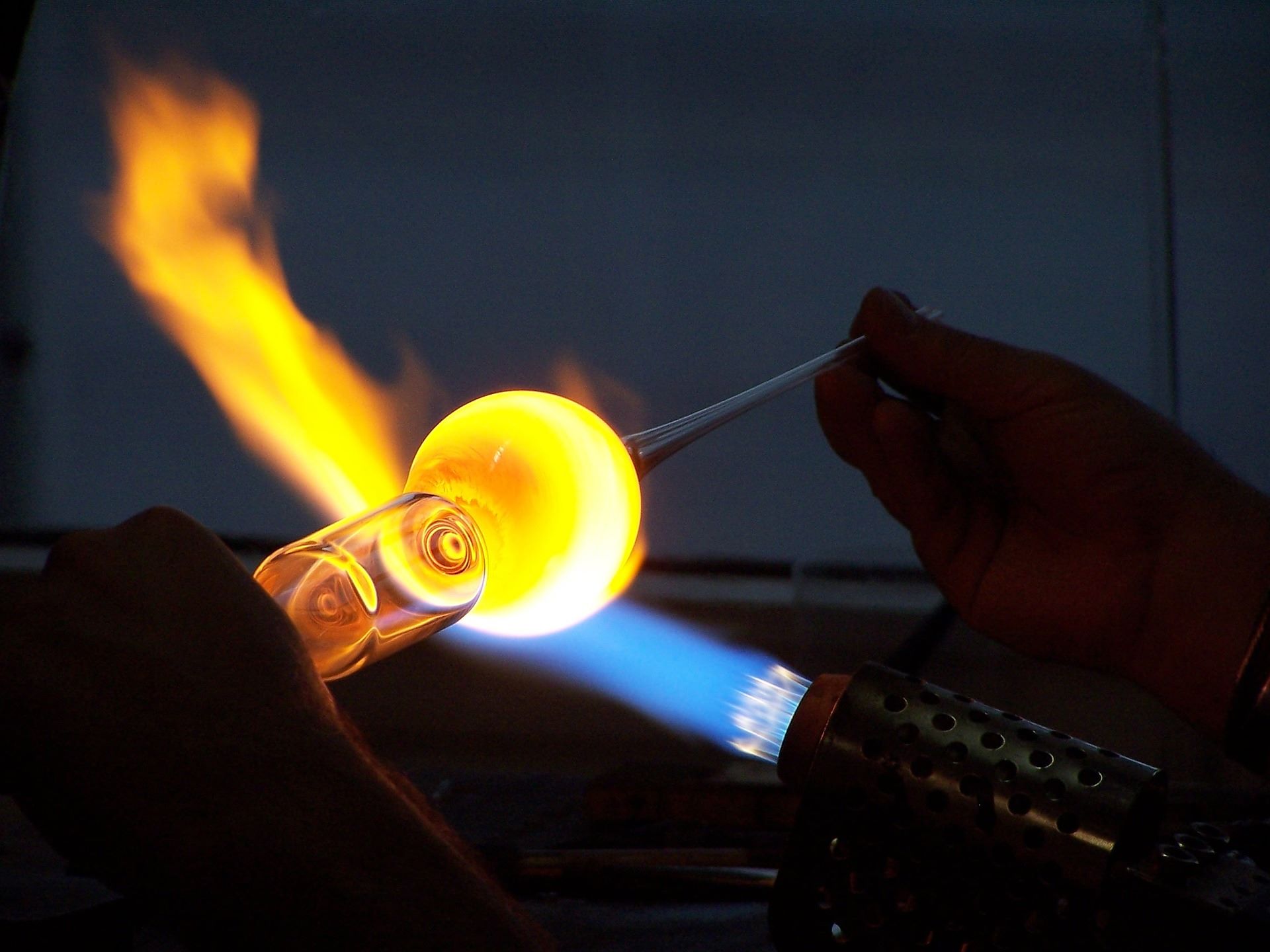

0 thoughts on “When Did Glass Blowing Start”